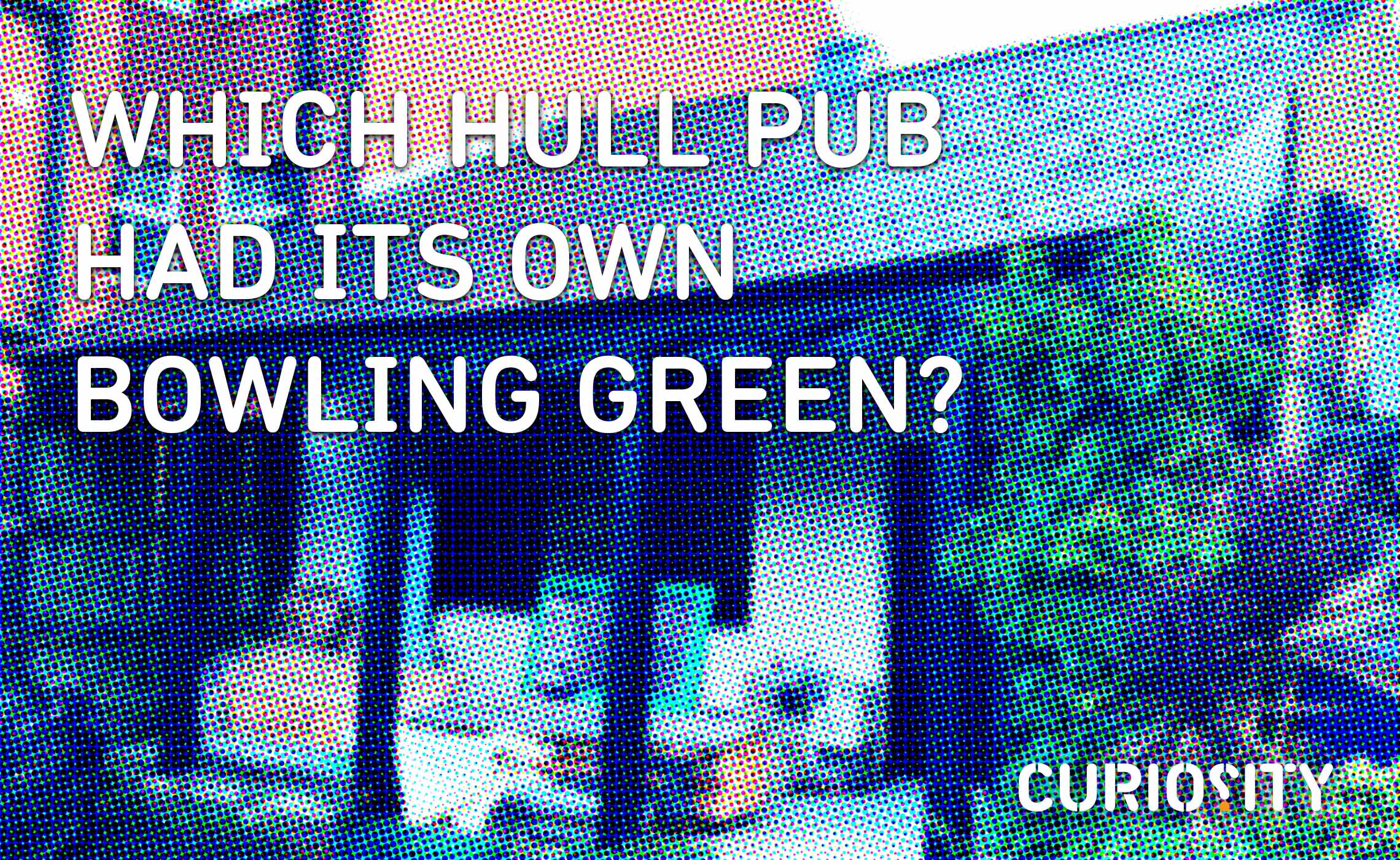To prove Hull’s pubs were once far more genteel, our hostelry and sporting arenas correspondent Angus Young went on the hunt.

In August 1865 estate agent and auctioneer William Purdon was granted a licence to open a new beer house in the edge of the parish of Cottingham. In all probability, he was already living there. A plan published two years earlier for the proposed new neighbourhood of St John’s Wood shows an existing building on the site and identifies Purdon as owning both the property and an adjacent plot of land. It’s likely that Purdon’s new Queen’s Hotel was built at the same time as the adjacent terrace of houses which run to Newland Avenue as they all have identical brickwork. The terrace still features the nameplate South View, hinting at the attraction overlooking what was left of the open countryside between the parish boundary and Hull.

Nearby Pearson Park had opened in 1862 while early plans were being drawn up for what would become the well-heeled adjacent suburb known as The Avenues. With an open drain between the hotel and the park, Purdon built a brick footbridge over the watercourse to provide easier access and, shortly after, decided to sell up.
The hotel – advertised as a “valuable beer-house” – was sold at auction in November 1866. At the time, it comprised four sitting rooms, seven bedrooms, two attics, a kitchen and scullery, an “excellent” dram shop, a club room and a tap room, a cellar, a two-stall stable and coach house and an outside yard as well as space for keeping pigs. Access to the stables was from Princes Road and the entry from the street can still be seen today.

When Princes Avenue was officially opened in 1875 the new road replaced Purdon’s bridge and led straight to the hotel where former fish salesman Samuel Anderson was now the licence holder. The affluence of the residents moving into The Avenues almost certainly led to a decision taken in the 1890s to remove the pigs and replace them with a large bowling green.
After the lawned green was laid, a wooden-framed pavilion for both players and spectators was constructed in 1901. Thus the Queen’s Bowling Club became a fixture in Hull’s Edwardian sporting world and remained active until the 1960s when the green was eventually replaced with a car park which still exists today.
Remarkably, the pavilion is still standing although it is separate from the pub and is slightly hidden away behind a wooden fence.
